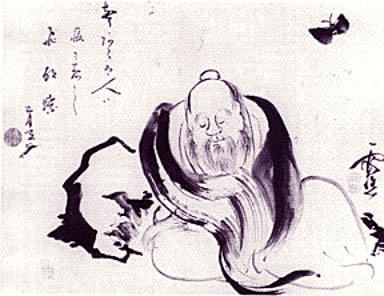|
"Arnold Ludwig, [in "Altered States of Consciousness." In R. Prince, ed., Trance and Possession States, Montreal: R. .M. Bucke Memorial Society] listed five major types of ASC, classifying them by the manner in which they are induced. For each of these five types he listed a dozen or more forms, so the total comes to more than sixty different forms of ASC, and the list is not complete. The five sets of causes of AC are" (after Erika Bourguignon, Psychological Anthropology, 1979, NY: Holt, Rinehart and Winston, pp. 335-236):
-
- involves a decrease form a presumed preexisting "normal" level of stimulation or activity
- highway hypnosis
- sensory deprivation produced either experimentally or as a result of solitary confinement
-
- involves an increase form a presumed preexisting "normal" level of stimulation or activity
- mob contagion
- religious conversion
- healing trances in revivalistic settings
- "dance and music trance"
- battle fatigue
- hysterical conversion neuroses
- dissociational states
- . . .
- prolonged vigilance or sentry duty
- watching a radar screen
- fervent prayer
top of page / A-Z index
-
- relaxation of critical faculties in daydreaming
- boredom
- profound relaxation
- mediumistic trance
- meditation states
-
- drug-induced states
- "beer goggles"

- states resulting from other changes in body chemistry
- due to both internal and external causes, from hypoglycemia to hyperventilation and fever
|





